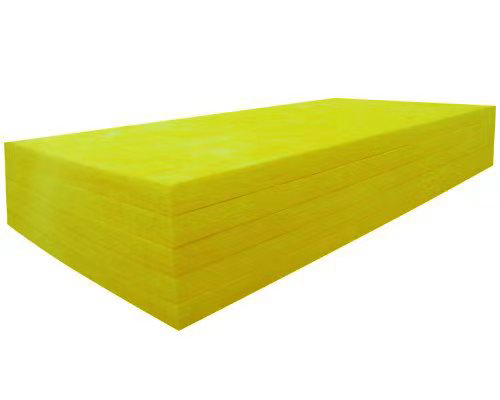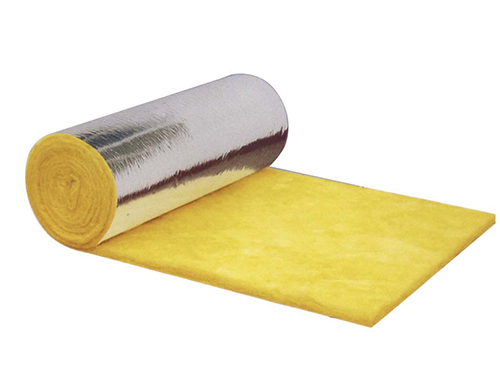What is glass wool?
In today's progressive world, there is a broad trend in materials used for insulation in terms of acoustics, thermals, etc. These form an enhanced part of the exterior, interior, and decorative comfort.
In today's progressive world, there is a broad trend in materials used for insulation in terms of acoustics, thermals, etc. These form an enhanced part of the exterior, interior, and decorative comfort. Glass wool is one such insulating material that has multiple applications in the home, whether it is part of a roof, false ceiling, or drywall.
What is glass wool?
Glass wool is made from borosilicate glass, which contains a large number of components, such as silica sand, recycled glass, and fixatives. Glass wool is an insulating material made up of molten glass. Glass wool insulation is a fibrous material made from raw or broken glass melted. It has two types: loose wool and superfine wool. Loose wool is used to make asphalt-bonded glass blankets and glass wool panels. In addition, it is used for insulation in exterior protective structures and pipes.
Glass wool production
Glass wool is made from a thick layer of glass fibers that are cured in an oven at 200°C to bond the strands together and thus reduce the thickness of the sheet. In addition, it is melted in an electric furnace to 1100°C and then conditioned in a gas furnace. It is an oven product made from molten glass.

Glass Wool
From this molten glass, the fibers are spun. The process involves spinning the molten glass at a high speed similar to the method used in candy production. During the spinning process, a binder is incorporated into it. No CFCs or HCFCs are produced during the production process. the fibers are aggregated in a collection chamber in the form of mats and then transferred to an oven where they are cured under controlled conditions to the desired thickness and density.
It comes in custom rolls or sheets. Likewise, it can be used as a component to be sprayed or applied to the surface to be insulated. It is a versatile material for the insulation of walls, roofs, and floors. Glass wool should always be kept dry during installation, as an increase in moisture content may lead to a significant increase in thermal conductivity.
Compressed glass wool
Once the production process is complete, it is rolled into rolls or rods. It can be compressed up to 10 times, thus saving storage and reducing transportation costs. It is ideal for demanding requirements and offers advantages in terms of insulation, fire resistance, and ease of installation.

Foil-Clad Glass Wool
Properties of glass wool
It is fire resistant up to 300°C.
It has excellent tensile strength.
It is used as a cavity wall and drywall insulation.
In addition, it is used for roof insulation in auditoriums and suspended ceilings.
It prevents heat loss, especially in HVAC ductwork.
It is an excellent sound insulation material and can be used as a sound barrier in partitions to prevent sound transmission.
For more biodegradable resin supplier, biodegradable stretch film, biodegradable plastic mulchinformation, please contact us. We will provide professional answers.